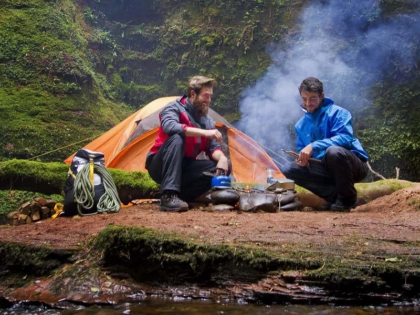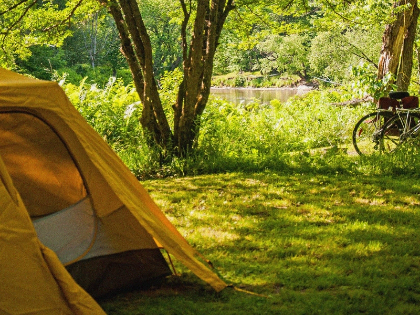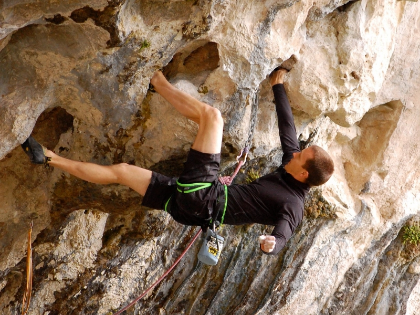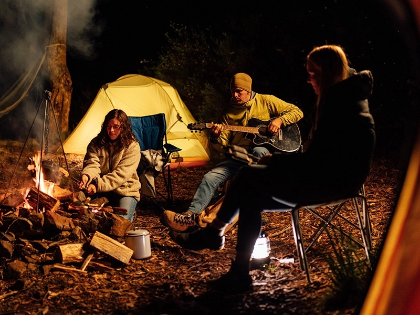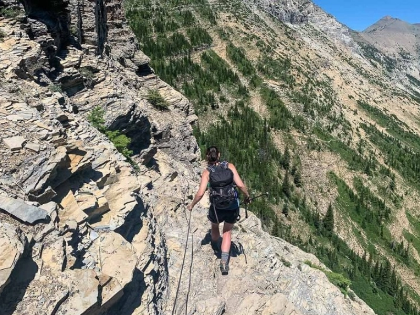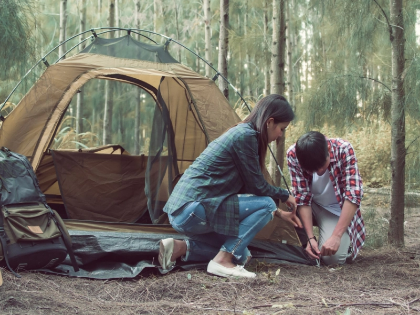Rock climbing strengthens every muscle in the body and works the entire body. It also makes coordination and balance difficult.
Exercises involving frequent pushing and pulling, like rock climbing, have been shown to be beneficial for the cardiovascular system. It can assist you in reaching the U.S. Department of Health and Human Services' recommendation of 150 minutes per week of moderate-intensity aerobic activity.
Strengthening Your Climb
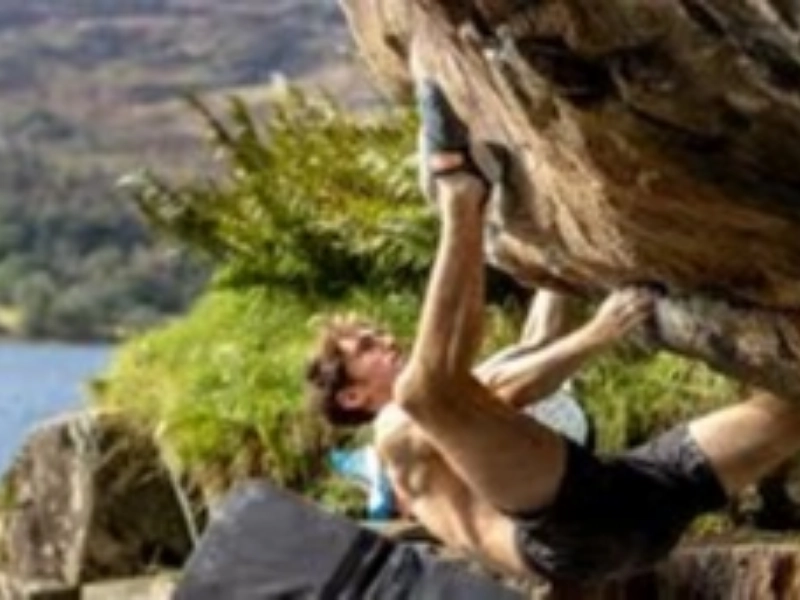
Advertisement
All of your body's primary muscular groups, including your arms, shoulders, core, and legs, are used during rock climbing. Climbing involves a push-pull motion that works your biceps and forearms while your back, chest, lats, and abdominal muscles lift you up the wall. Additionally, the core maintains your equilibrium as you reach for the next hold.
To ascend, you will need to increase your strength, but not necessarily by becoming more muscular. Building power instead of strength should be the main goal of lifting and climbing. While you won't have to push yourself to the limit on the bench press, you should engage in grip endurance workouts like towel grip pull-ups and sitting dead hangs, which replicate the hand and arm positions of the climbing process.
Climbing burns calories at a pace similar to other high-intensity exercises and is an excellent cardiovascular workout. The U.S. Department of Health and Human Services recommends 150 minutes of moderate-intensity aerobic activity per week, and your climbing workouts can count toward that amount.
Increasing Sturdiness
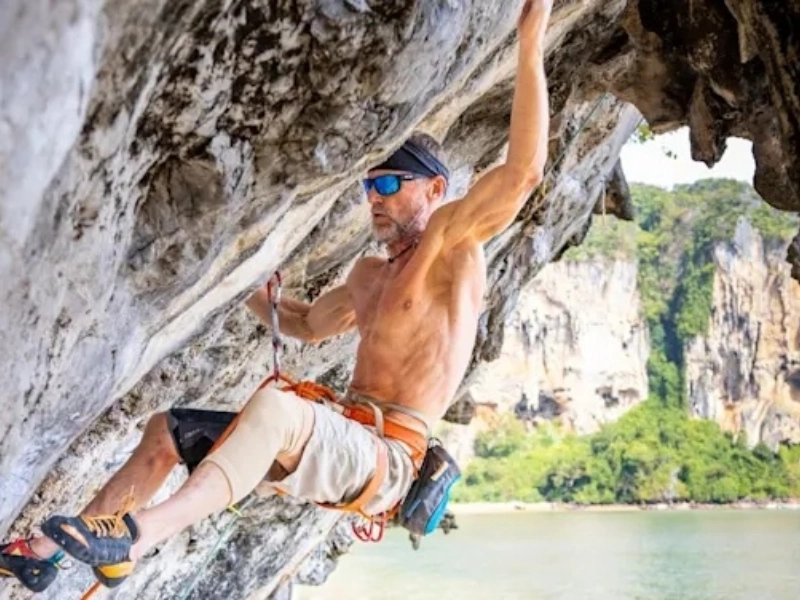
You pull with your arms and push with your legs while you climb. Additionally, you pause and hold yourself in place a lot, which requires isometric muscle contractions, which are contractions of the muscles without a change in length (like holding a plank). It needs both anaerobic and aerobic endurance to push and pull continuously.
Additionally, climbing can develop a muscle group's "local" endurance, or its capacity to exert effort over an extended period of time. For example, when climbing, a lack of blood supply might lead the forearms to tire before the legs—think monkey bar fatigue. That's why a lot of novices concentrate on technique first, and strength comes later.
After that, they can send more boulder problems and climb longer routes. To build this endurance, you need to strike a balance between your climbing and rest periods. You should take a break for roughly three minutes in between burns, for instance, if a task takes six minutes to finish. This will enable you to climb longer routes before you become fatigued and lengthen the duration of your climbing workouts.
Ascending Adaptability
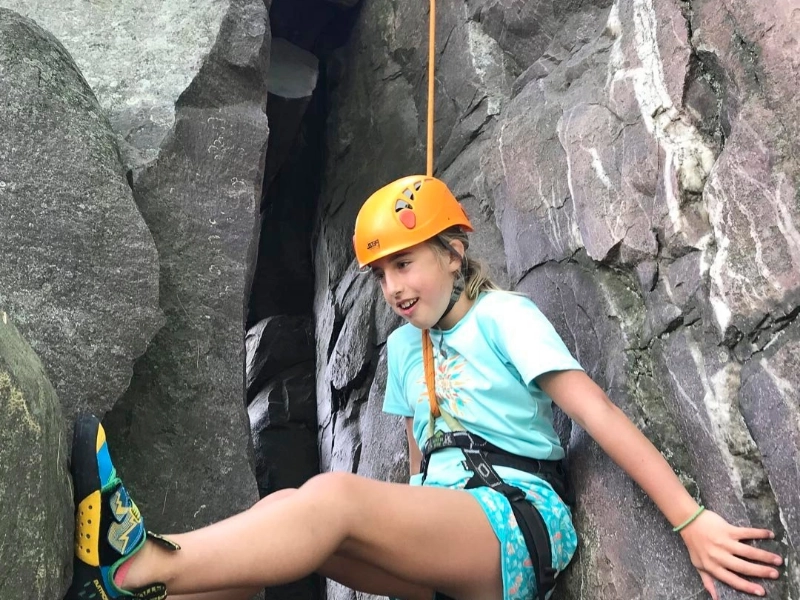
Muscle coordination is needed for climbing: pushing with the legs and pulling with the arms. Because of the high strength-to-bodyweight ratio this combination produces, climbers can ascend up the wall more swiftly and effectively. If novice climbers don't balance their exercises with strength training outside of climbing, it can result in muscular imbalances.
Static stretches after or in between climbing are one of the finest strategies to increase flexibility. Static stretches involve slow, deliberate movements held for 15 to 30 seconds while taking deep breaths.
Some of the best stretches include planks, which work your core, and lat pulldowns, which work your latissimus dorsi, the big muscles in your back, and rhomboids, which pull your shoulder blades back. When you're striving to reach the next handhold, these stretches can really help you attain a greater range of motion while climbing.
Climbing Interaction

Climbing demands a whole-body workout, in contrast to other sports where the emphasis is mainly on quick movements and repetitive workouts. It strengthens the muscles in your midsection, deltoids, biceps, and triceps. By balancing on tiny footholds, it also improves your legs, back, and core muscles.
Climbing has mental benefits in addition to its physical ones. It enhances your ability to think quickly and promotes goal-setting. For instance, a climber must first choose and commit to memory the route, then devise a strategy for maximizing the few hand and footholds available on the rock face.
Effective communication is another essential skill for climbers. This is particularly crucial because there's a chance they won't be able to hear each other out, like in rope-free bouldering. Safety is increased when climbers communicate well, such as by repeating instructions, giving a clear hand signal when descending, and shouting when needed.
Advertisement






